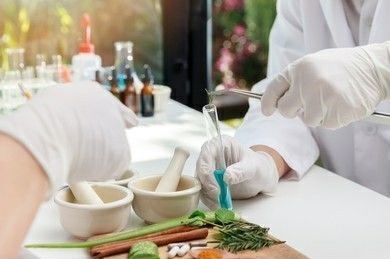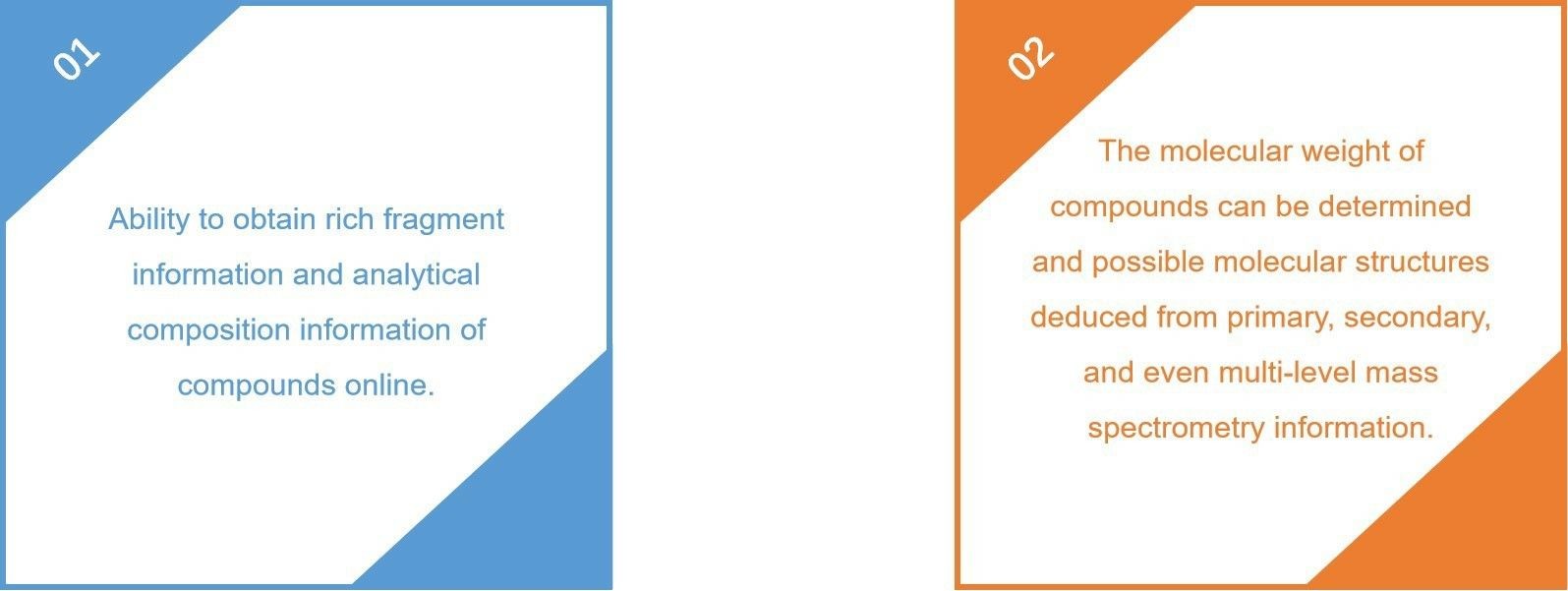Impurity Analysis and Structural Identification of Herbal Medicines
Inquiry
Drug impurities are any substances that affect the purity of a drug, and they are an essential indicator of the quality of the drug. The study of impurities is also an important element in the development of herbal medicines, as adverse reactions in use are sometimes strongly related to the presence of impurities in a medicine and the pharmacological activity of the medicine itself. Pharmaceutical impurities can be classified according to their physicochemical properties, toxicity, chemical structure, etc. Lifeasible will assist you in selecting the appropriate analytical method to accurately identify and determine the content of impurities and to determine the reasonable limits of impurities in the context of pharmacology and toxicology, as well as structural identification and analysis.

Organic impurity analysis
Depending on the structure of the drug and the degradation products, different methods are required. Our methods for the determination of organic impurities include high-performance liquid chromatography (HPLC), thin-layer chromatography (TLC), gas chromatography (GC), capillary electrophoresis (CE), etc. We use suitable analytical techniques to separate and detect impurities of different structures, thus achieving effective control of impurities.
Quantification of organic impurities
- External standard method (impurity control method). The quantification is more accurate, and we evaluate and confirm the controls and establish quality requirements.
- Principal component auto-control method with correction factors. We carry out a rigorous determination of the correction factor, which is only applicable to controls for known impurities.
- Principal component self-control without correction factors. This assumes that the impurities have essentially the same response factors as the principal components.
- Peak area normalization method. Simple and quick, but has limitations for use in quality standards.
Analysis of inorganic impurities
Inorganic impurities are mainly related to the production process. As many inorganic impurities directly affect the stability of pharmaceutical products and reflect the production process itself, it is essential to understand the situation of inorganic impurities in pharmaceutical products to evaluate the status of the production process. We will use analytical techniques such as inductively coupled plasma mass spectrometry (ICP-MS) to qualitatively and quantitatively analyze the various types of inorganic impurities that may be present in a product to make a reasonable assessment of its production process and to support the development of reasonable quality standards.
| Non-volatile inorganic impurities
| Incineration residue method. |
| Certain metal cation impurities
| Heavy metal limit check method, ion chromatography, atomic absorption spectrophotometry, colorimetric method, etc. |
Structural identification of impurities in herbal medicines
Impurities in herbal medicines, on the one hand, lead to a reduction in the content of the active ingredients of the medicine, which affects the therapeutic effect of the medicine. On the other hand, toxic impurities can threaten human health while administering the drug. We, therefore, use liquid chromatography-mass spectrometry (LC-MS) to determine their origin and to identify their structure. Our methods are sensitive, specific, and reproducible, providing you with a wealth of structural information.

The study of impurities is an essential aspect of herbal medicine research, and the accumulation of impurity data is an essential basis for setting impurity limits in quality standards. Whether or not impurities in herbal medicines can be reasonably and effectively controlled is directly related to the quality control and safety of the medicine. Lifeasible uses methods that accurately characterize the impurities being measured; please feel free to contact us for more information on impurities in herbal medicines.
For research or industrial raw materials, not for personal medical use!
Related Services


